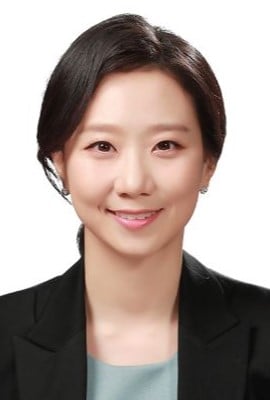After tremendous growth in science-backed beauty and personal care following the pandemic, dermocosmetics continues to be a rapidly growing space in South Korea. South Korea stands out from other markets and is unlike Japan, which has specific regulatory bodies for dermocosmetics, and unlike Europe, which has a long history and established distribution model. During Euromonitor’s latest Beauty and Personal Care research, discussions with major players in South Korea revealed some challenges dermocosmetics is facing, which this article will explore and give further projections on the state of dermocosmetics.
South Korea is the sixth largest market for dermocosmetics
As of 2023, the global ranking of South Korea in dermocosmetics is sixth, higher than its overall ranking of 11th in the beauty and personal care market. With a healthy double-digit growth rate in 2023, the dermocosmetics market is showing a dynamic presence in South Korea.
Due to the rapid historic growth of dermocosmetics brands, relative to other beauty brands, the beauty and personal care industry recognises the segment’s potential for success. As a result, various market players are competing alongside established dermocosmetics brands. This movement has introduced new terminology such as “concept-dermo”, “dermo-inspired” and “pharma-dermo” which all indicate brands that, despite not being originally dermocosmetics, have incorporated some aspects of dermo either post-launch or by concept.
Brands that maintain a strict dermocosmetics identity are being outpaced by a rapid increase in “concept-dermo” brands in terms of both the pace of new launches and the amount of marketing buzz created
Source: Euronmonitor International
Since dermocosmetics brands require more years of research and clinical results, their development takes longer compared to dermo-inspired brands. Additionally, dermo-inspired brands have leftover budget from research and development, which can be used for marketing.
Along with dermo-inspired brands, non-dermocosmetics brands are also challenging dermocosmetics in South Korea. While dermocosmetics brands emphasise skin health benefits and proven results, non-dermocosmetic products, exemplified by clean beauty, target sensitive skin and go beyond it with “free from” claims or boasting functional efficacy. For example, one clean beauty brand in South Korea has introduced its own “Assurance of Original Ingredients”. This system builds trust and confidence in the ingredients sourced and elaborates on the natural potency of the ingredients. Rather than scientifically backing the product formula, it leans on the power of the natural ingredient itself. This blurriness makes it difficult for consumers to distinguish the merits between dermocosmetics and non-dermocosmetics, both of which claim effectiveness akin to dermocosmetics.
Tapping into new territories to strengthen dermocosmetics’ identity
To explore potential expansion and project the future direction, analysing consumer expectation is crucial.
These consumer attitudes appear promising for the future, but as concept-dermo and clean beauty continue to grow, the appeal of dermocosmetics’ high-concentration and sensitivity-focused benefits may not be sufficient to capture consumers.
Amidst the blurred lines of dermocosmetics, the dermo market will need to seek potential beyond its current state
Source: Euromonitor International
Dermocosmetics should explore additional opportunities, such as expanding its core product category beyond skin care and hair care. Consumers’ desire for such products is evident in consumer surveys.
Read our article, Skinification: A Game-Changer in Sunscreen Usage, for analysis on the importance of sensitive skin in sunscreen – a key dermocosmetics trait. For a deeper dive, you can learn more in our report, Skin Care in South Korea, about dermocosmetics and trend exploration of skin care in South Korea.
Disclaimer: The scope of dermocosmetics can be interpreted differently by markets, by consumers, and by industry players. Nonetheless, Euromonitor International accepted the difficult task of applying a global standard to “dermocosmetics”. Euromonitor International has the longest-standing research of the Dermocosmetics category globally, based on consensus across the beauty and personal care industry and supply chain, our independent view of the market, and our access to in-depth research in 100 countries. In addition to our proprietary criteria, the perception of both global and local industry players and experts and the positioning in markets where the majority of sales occur are taken into consideration. Regulations and classification unique to local markets such as the Pharmaceutical Affairs Act in Japan or the Chinese Food and Drug Administration (CFDA) are not applicable.
